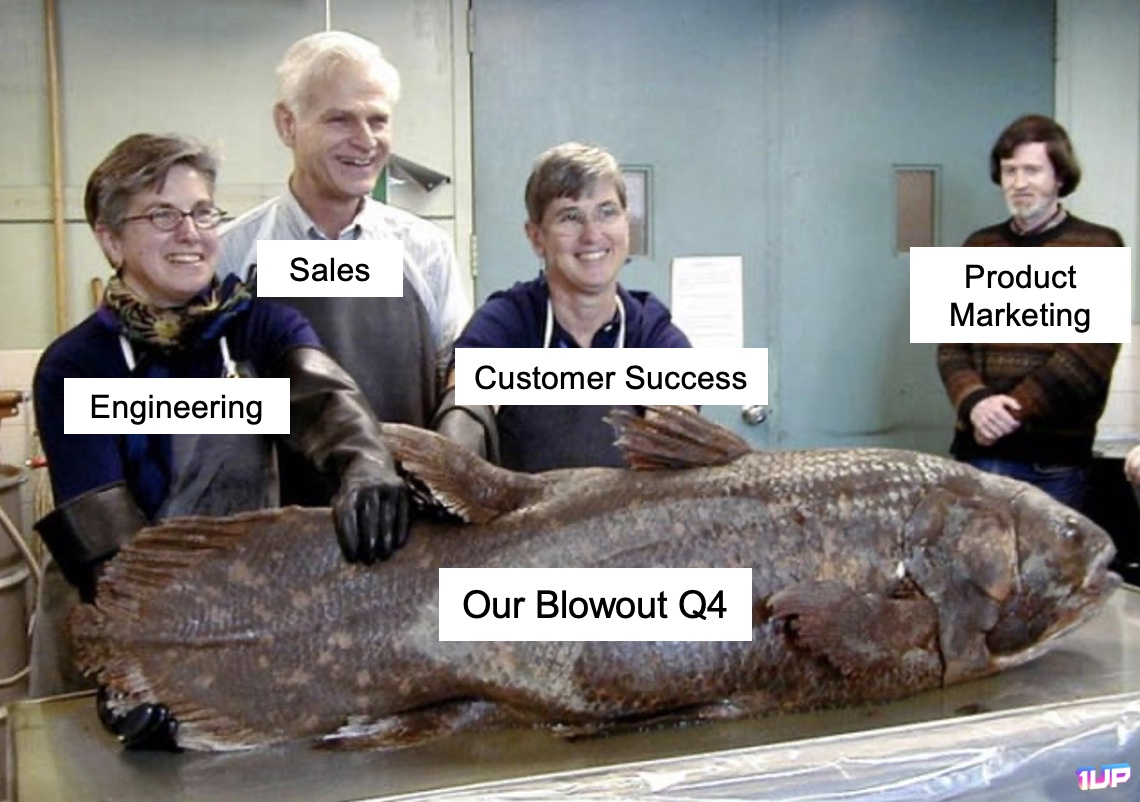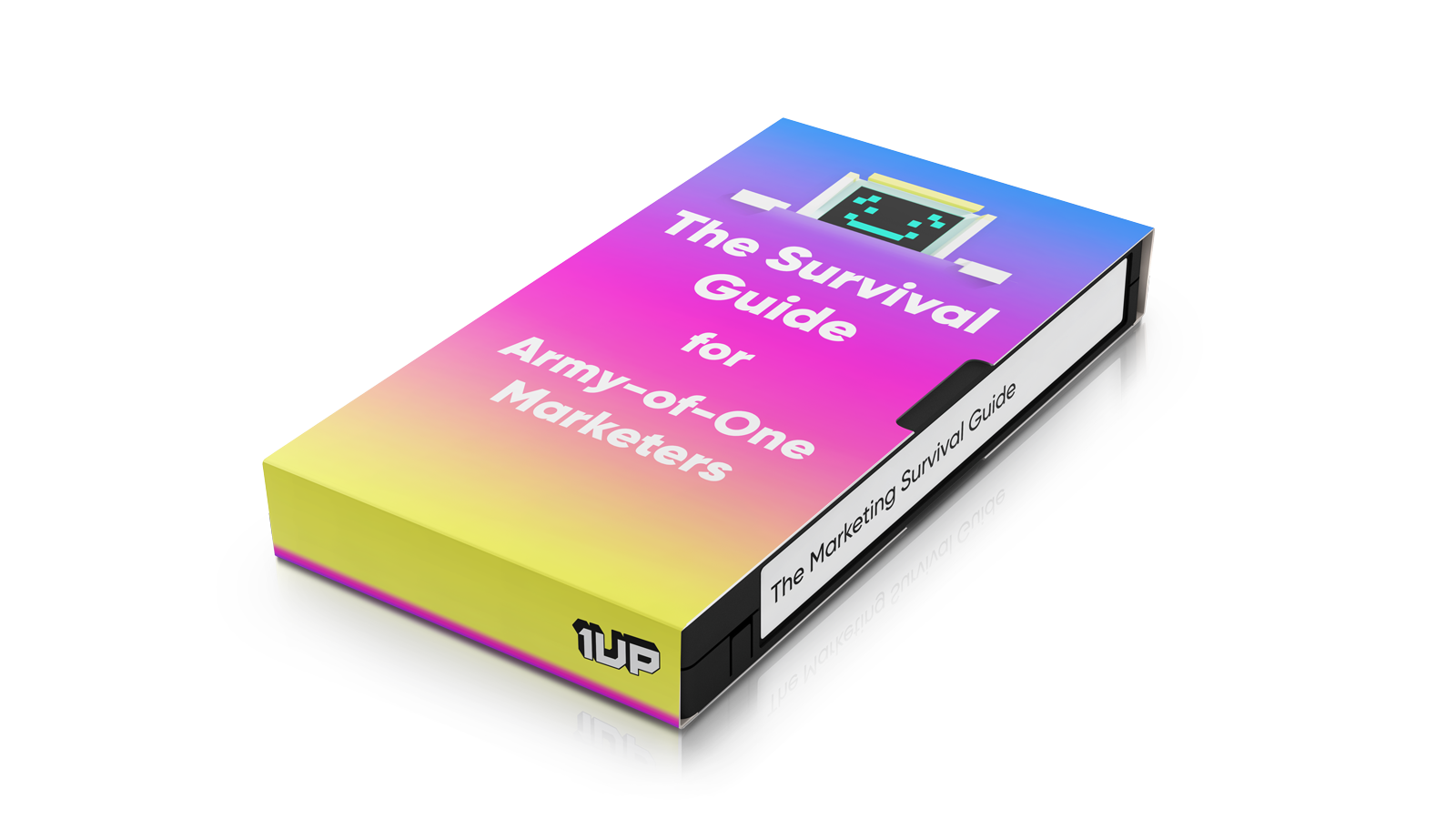Most companies obsess over sales, product development, or demand generation—but they completely underestimate the impact of product marketing. They assume that great products sell themselves or that a strong sales team can handle the heavy lifting. The result? Confusing messaging, weak differentiation, and a go-to-market strategy that struggles to gain traction.
Why is product marketing important? Because even the best products will fail if customers don’t understand them.
Today’s buyers are overwhelmed with choices. It’s no longer enough to be “better” than the competition—most prospects won’t even remember why your product is superior. What they will remember is how you’re different. Without clear positioning, compelling messaging, and a strong product narrative, you’ll get lost in the noise.
Here are 5 reasons why focusing on product marketing is important:
Customers Expect To See Your Product
Show them the product. Don’t be shy. Do it.
It’s hard to believe that this needs to be emphasized, but many companies still think they have something to lose by revealing their product interface before a sale.
Unless you’re in stealth mode, or you’re working on the next iPhone, there’s no reason to hide. It’s only a matter of time before competitors get their hands on your demo, screenshots, or data sheets anyway – and they will use them against you. Wouldn’t you rather be in control of the narrative your users hear?
Showing the product is how you retain control of its perception in the marketplace.
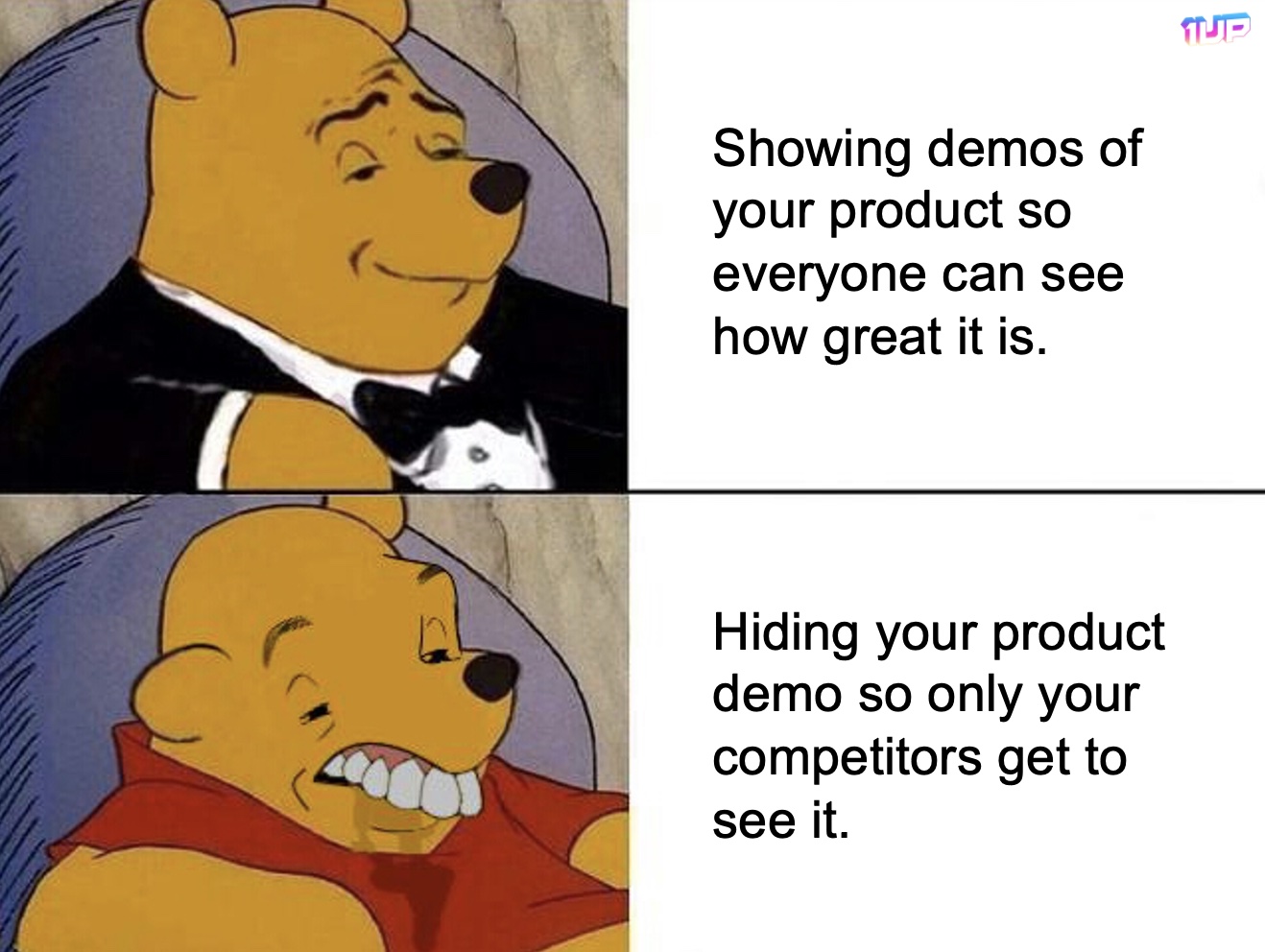
Here’s what your users have come to expect :
- Great demo videos explaining value and features
- Screenshots or visuals that convey user experience
- Documentation explaining how a product can work in their environment
- A simple product narrative they can convey to their peers and decision makers
- Product comparisons against alternatives, legacy methods, or “doing nothing”
Great product marketers can synthesize all of this material in a way that conveys a coherent story about your company and product. The steady stream of product content they generate will give you an advantage over competitors who fail to deliver the same.
If you’re showing potential users a clear picture of your product and your competitor isn’t, they will face an uphill battle during the sales cycle against you.
Product-Led Growth Is Now the Standard
It’s the 2020s. Your customers don’t just want to see the product. They expect to try it out.
They’ve been conditioned by other companies to experience a service before paying for it. This ‘product-led experience’ is a customer expectation that cannot be ignored.
Product-Led Growth (PLG) has quickly become the standard go-to-market strategy among software products. Product-led companies focus on product innovation, new features, and user experience to drive organic growth rather than spending heavily on outbound sales & marketing programs.
A solid emphasis on product marketing is vital to enabling PLG in your company.
Think of how easy it is to sign up for a tool like Zoom, invite new users, and make a habit out of using it before even thinking about paying. Any alternative product that has more friction will find it difficult to compete with such an easy customer adoption process. And many of the touchpoints in the adoption process are born from product marketing outputs.
PLG is more than a free trial
Product-led growth is often synonymous with viral, freemium, and bottoms-up sales. But it’s much more than that. Any company—even those selling to large enterprises or operating in niche vertical markets—can adopt PLG principles to improve user experiences and increase go-to-market efficiency.
Kyle Poyar, Openview Partners
Maybe your product isn’t set up for a PLG motion yet. Regardless, you can collaborate with your PMM to create a sales process that prioritizes the product experience. This could mean emphasizing a free trial, creating a rapid deployment process, or even something as simple as crafting a guided product tour.
The point is you want the user to experience the product as early as possible. Product marketing can help make this a reality.
If you’re serious about going all in on a product-led motion, check out Openview’s guide to PLG.
You Need To Stand Out From AI-Generated Content
We live in an age of AI-generated text, images, and video. As a result, there’s a new baseline for the quality of written and visual content. Even understaffed teams who could not afford writers or visual designers can now create marketing assets with the help of AI.
AI-generated content has quickly become “the new zero” and it has some marketers worried.
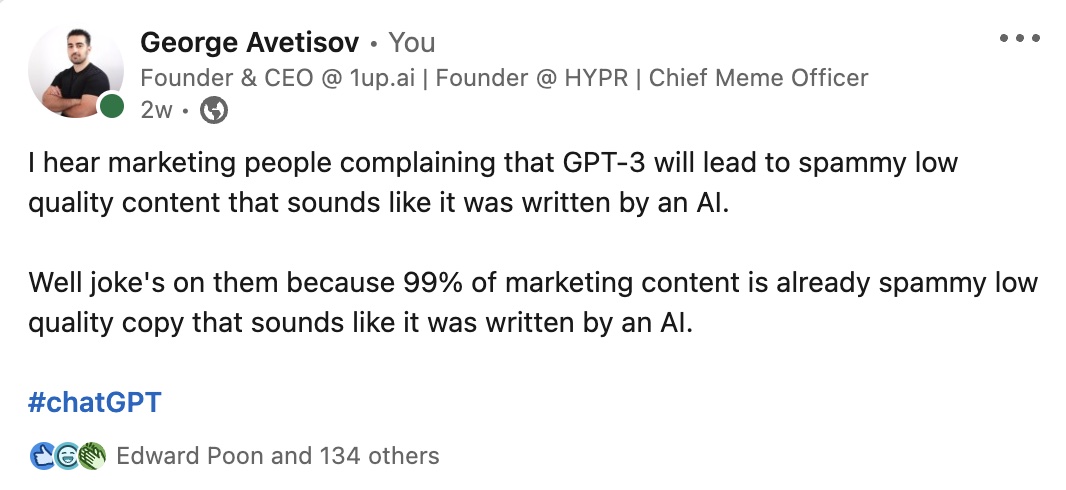
We’re not worried. In fact, we think this is an opportunity for businesses to really stand out from the pack. As you ramp up your product marketing program consider how it can help you take advantage of the push towards AI-generated content:
Use Less Jargon in Your Messaging
The more human, the better. Sound less corporate. Avoid tech jargon. Write as if you were speaking out loud. The more “real” your messaging sounds, the less it will disappear into the background noise. For example, what does “RFP AI” even mean to the average person? A more effective message might be to say “A tool that helps you respond to questionnaires in minutes.”
Go Wild With Branding
Take a look at all of your competitors’ brands and do something completely different. Whether that means using crazy colors or hiring an illustrator to create unique visuals, having a memorable and differentiated brand is more important than ever before. The good news is most B2B marketing is boring, so even a slight improvement can give you a big edge. And don’t be a perfectionist – being different is better than looking perfect.
Find Your Unique Tone of Voice
There are many ways to make the tone of your product marketing stand out. You can hire a professional writer and tell them to use a writing style that sounds different from your competitors. A change in tone can be as simple as sounding more lighthearted or adjusting the vocabulary to a more common reading level. Or, if you’d like to use AI for product marketing constructively, try incorporating this into your prompts: “Explain my product to me as if you were speaking to a high school student.” You might be surprised and inspired by the output.
SEO Is No Longer Optional
It was never really optional…but many marketing teams have been getting by without a real SEO strategy for their product. For a while, it seemed like Paid Ads teams were getting all the attention, while Search Engine Optimization took a backseat or was handed off to an agency entirely.
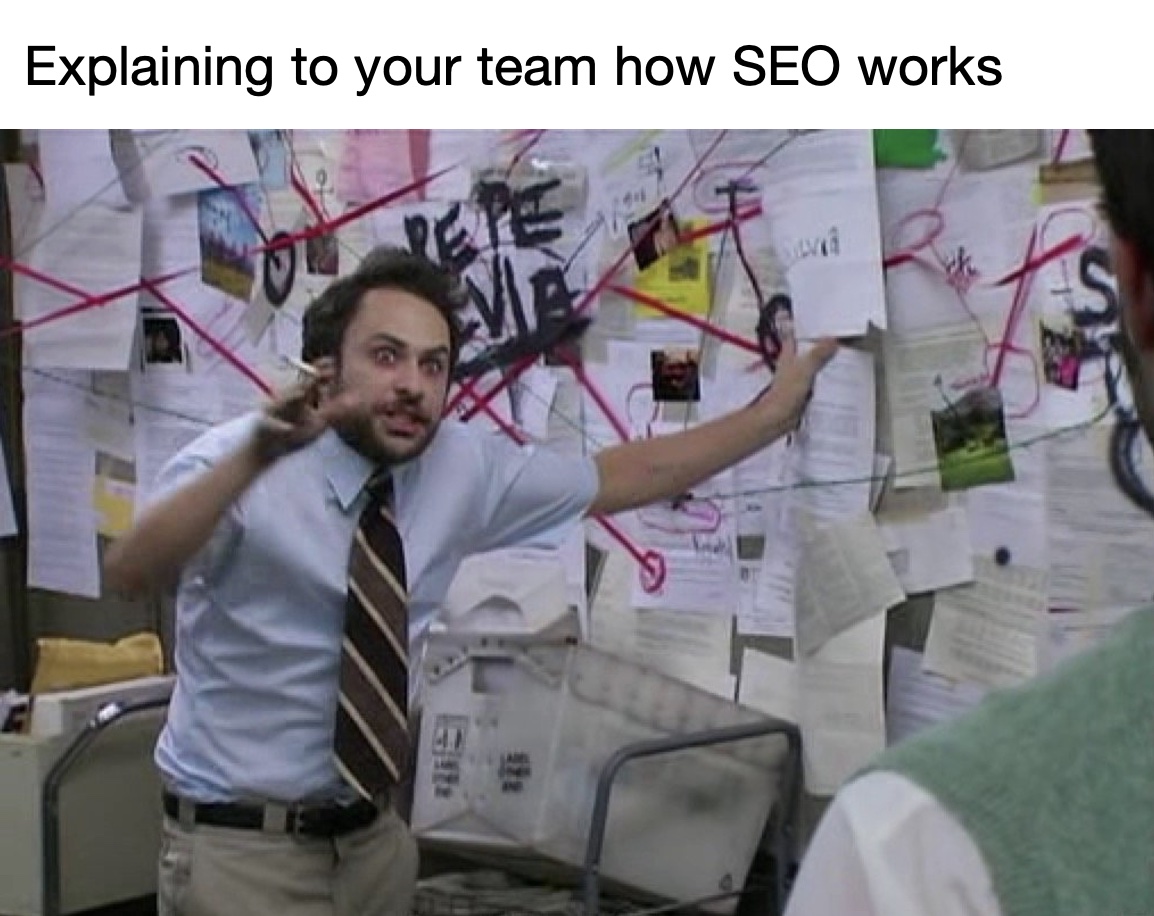
Companies have a renewed focus on Customer Acquisition Costs and operational efficiency.
Burning money on Google Ads is no longer considered a viable long term GTM strategy. Mind-blowing, right? 🤯
As a result, marketing teams are taking a much closer look at organic search.
Landing that top 3 ranking on Google for your big keywords can drastically decrease user acquisition costs. A strong SEO game can impact your bottom line like nothing else.
So how do you win the Google game?
Make content people love. It just so happens that your users love product content. (You probably see where we’re going with this.)
Tying your product marketing program into an aggressive SEO strategy can be huge force multiplier. But you must first transform the way you think about “SEO-driven content.”
Often times, a marketing team will write blog posts for the sake of making Google happy. These end up being long, boring articles that were made purely for search engines to find them. Avoid this low-quality, useless content that your users won’t find engaging.
Instead of starting with the search keywords and working backwards, we suggest you start with the content people engage with. That means product demos, videos, visuals, guides, walkthroughs, and more. If you start with this product-centric view of a blog post (Enter the PMM), then apply SEO optimization, you will satisfy both users and search engines.
Video Still Reigns Supreme
Between TikTok, YouTube, and Reels, video has never been a bigger deal. It’s still the most engaging type of content.
A great product marketer understands this and wields video marketing like a powerful weapon.
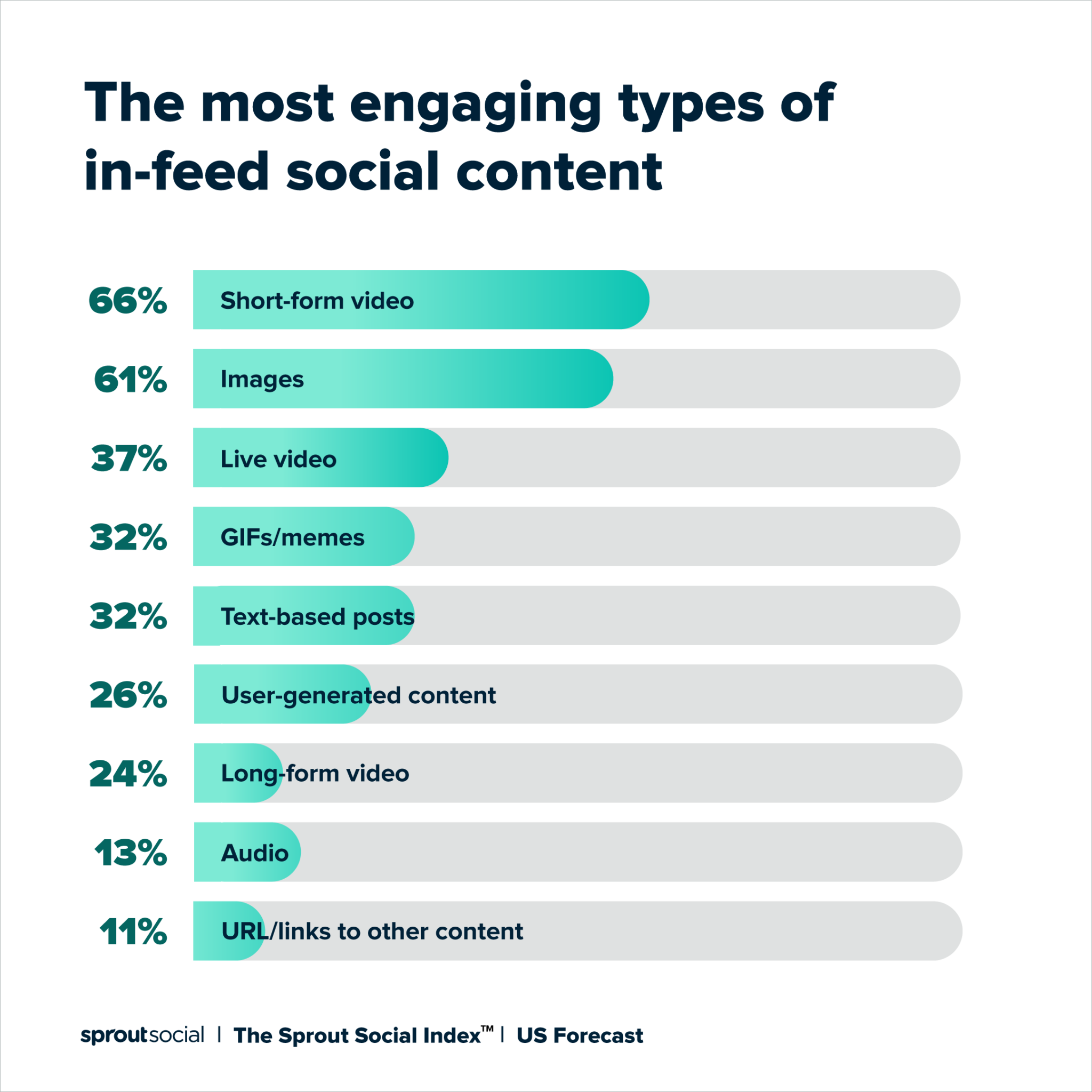
Want to dominate your competitive landscape? Get to work on video content.
There are many more great reasons to invest product marketing, but these are a few that stand out to us.
We’ll leave you with a quote from our AI, 1up:
Some people think Steve Jobs was a great salesperson. But in my opinion, he was more of a product marketer. Steve understood what made a great demo, what features people would remember, and how to make them say WOW. That’s a true PMM right there.
– George Avetisov, 1up.ai
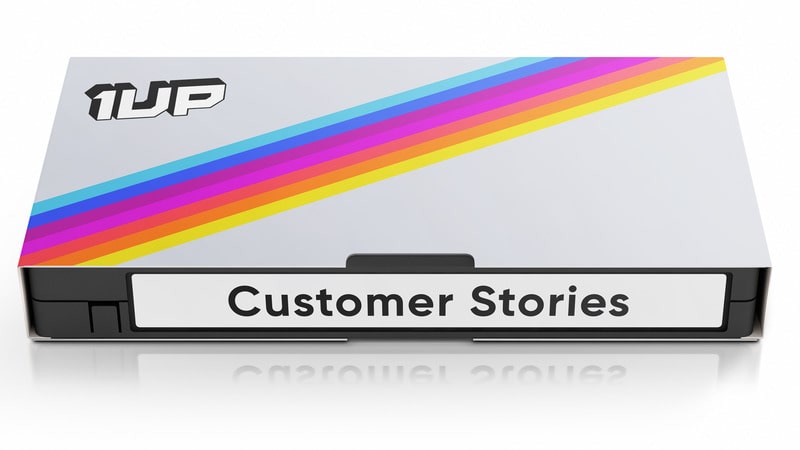

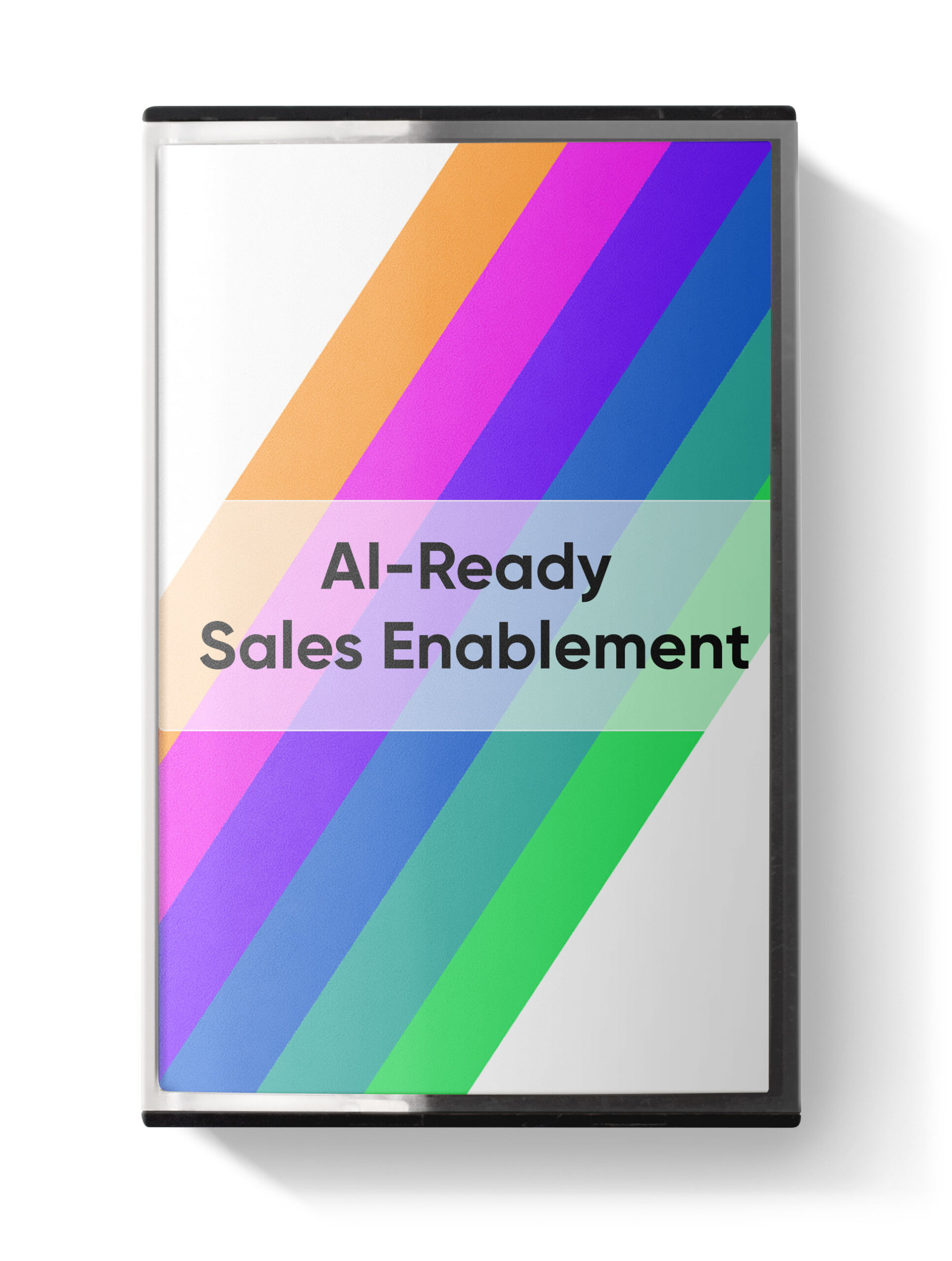
 Instagram
Instagram 




